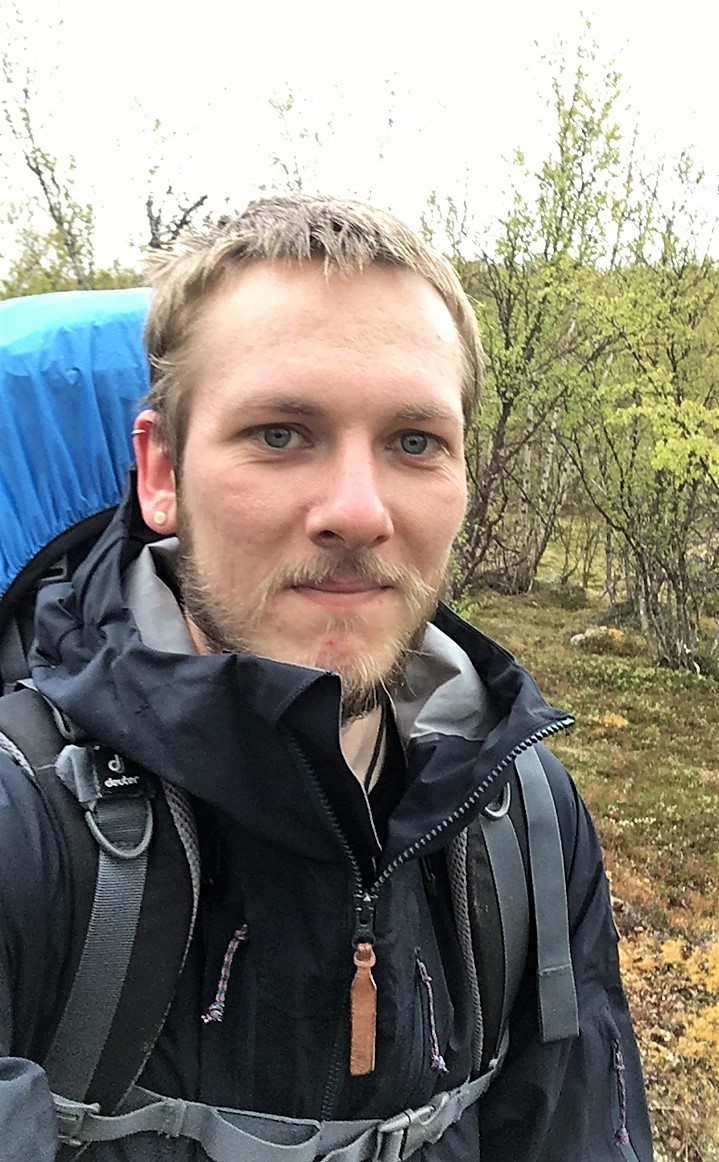
Torben Windirsch
PhD-candidate in Geo.Society
#Permafrost #Arctic #Carbon storage #Biogeoengineering #Climate warming
Permafrost Carbon Stabilization by Recreating a Herbivore-Driven Ecosystem (PeCHEc)
Supervisor: Prof. Dr. Guido Grossen(AWI), Prof. Dr. J. Otto Habeck (Uni Hamburg), Dr. Jens Strauss (AWI)
Project Outline
With ongoing global climate change, the thawing of large portions of northern permafrost is expected. Over the past millenia, large amounts of biomass in form of organic carbon accumulated in these areas and were stored in frozen ground conditions. As air temperatures and therefore ground temperatures increase, this carbon stock will eventually thaw and become accessible for microbial decomposition. This carbon is then released into the atmosphere, mainly in form of carbon dioxide (CO2) and methane (CH4).
This liberation of carbon in form of greenhouse gases intensifies atmospheric warming, resulting in a positive feedback cycle in which warming boosts further warming. These processes are especially common in arctic environments and are known as “arctic amplification”, showing that specifically arctic areas are vulnerable to climate change.
An important factor in the increase of ground temperatures is the albedo, the solar radiation reflection ability of surfaces, in which lighter surfaces have a higher albedo compared to dark surfaces. This means they reflect a larger portion of incoming solar radiation and therefore take up less energy, hence less heat.
During snow and ice-free seasons, the arctic tundra and taiga areas are covered in dark vegetation, which low albedo results in ground warming.
In 1988, a large-scale experiment called Pleistocene Park was set up in Yakutia, Russia, by Sergey Zimov to investigate on the effect of large herbivores on the arctic ecosystem. The experiment included fencing a large area consisting of tundra and taiga, and introducing large herbivores such as musk ox, moose, reindeer and Yakutian horses into the area, targeting at recreating the historically predominant landscape, the so-called mammoth steppe. This landscape is characterised by short vegetation in consequence of intensive grazing. This type of short vegetation, dominated by light-coloured species compared to usual tundra vegetation, led to the hypothesis of stabilised permafrost conditions due to increased albedo and due to less insulating vegetation covering the ground. This reduction in insulation then allows for quick and deep refreezing in winter, stopping or reducing microbial decomposition and therefore carbon liberation. The parameter used for this development is ground temperature.
The aim of this project is to measure the carbon contained in the upper ground layers, allowing a biogeochemical insight into the effectiveness of the Pleistocene Park experiment.
To enlarge this project onto a circumpolar scale, similar cores will be taken in northern Scandinavia. As reindeer herding has been practiced here for a long time, Scandinavia also allows to gain cores from intensively grazed, extensively grazed and grazing-free areas with tundra and taiga vegetation.
While elemental analysis will indicate any changes within the local permafrost carbon regime, ice content and isotope data will be used to determine the state and development of the local permafrost in terms of thawing and freezing cycles as well as surface states during organic matter accumulation (weather it was lake-covered or not). The lipid biomarker analysis then will be used to differentiate between different organic carbon types, especially between organic carbon input from animal droppings (which is one way to increase soil carbon content with grazing intensity) and stabilised, undecomposed organic material (as a result of permafrost stabilisation due to changes in grazing intensity).
Following questions should be answered with these findings:
1. Does intensive grazing in permafrost areas increase permafrost carbon content as a result of a reduction in decomposition processes?
2. Which regional factors can influence this effect?
3. Is an actively intensified grazing on a pan-regional scale able to reduce the impact of global climate change in the arctic and hence to reduce arctic climate feedback processes?
If comparing these two study areas reveals a significant increase in carbon storage in arctic soils by large herbivore grazing, this could allow for measures to stabilise permafrost as a large terrestrial carbon storage, which can be used as a strategy to actively oppose to global climate warming.


